Top Free Audio Editors You Can Use: A Complete Guide
Audio editing can feel complicated until you find the right tool that does what you need without asking for a fee upfront. Whether you’re recording a podcast, trimming a voiceover, or adjusting background noise on a video clip, free audio editing tools can help you get the job done. And yes, many of them are surprisingly good.
So, if you’re looking to explore your options without touching your wallet, here are eight free audio editing programs worth checking out. Each one offers something slightly different, so it all depends on what you’re aiming for.
What is the Best Free Audio Editing Software?
Audacity
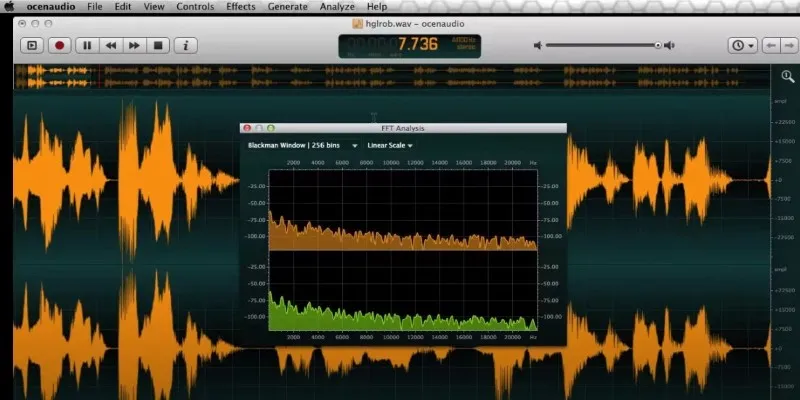
If you’ve ever searched for free audio editors, chances are you’ve seen the name Audacity more than once. That’s because it’s been around for years and continues to offer solid editing features without any catches. With Audacity, you can record live audio, cut, copy, splice, and mix tracks, apply effects, and export your work in multiple formats. It works on Windows, macOS, and Linux. The interface may feel a little old-school, but once you get used to it, it’s smooth sailing.
Ocenaudio
Not everyone wants a feature-packed editor with too many buttons. Ocenaudio keeps things simple while still offering essential tools like real-time effects, spectrograms, and multi-platform support. It doesn’t lag, and it’s known for handling large files without crashing. If you’re someone who wants to clean up audio quickly or apply a few edits without learning a full software suite, Ocenaudio is a solid pick.
WavePad (Free for Non-Commercial Use)
NCH Software’s WavePad offers a generous free version for non-commercial users. The layout feels more modern compared to some of the older tools, and it supports a long list of audio formats. You can cut, copy, trim, silence, and amplify with ease. There’s even voice reduction, reverb, and echo effects if you want to play around with sound design. While the premium version includes extras, the free edition gives more than enough for personal use.
Cakewalk by BandLab
For Windows users who are interested in something that feels more like a full music production studio than just a clip editor, Cakewalk by BandLab is worth downloading. It’s packed with professional-grade tools like multi-track recording, MIDI support, and a customizable mixing console. The interface resembles what you’d see in big-budget software, but what about the cost? Zero. Just create a free BandLab account, and you’re in.
Soundtrap by Spotify (Free Tier Available)
Soundtrap is an online audio workstation that doesn’t require installation. As long as you’ve got a browser and an internet connection, you can start recording and editing. The free version includes enough tools for light to moderate work—like beat-making, multi-track recording, and even voice autotuning. It’s great for those who want to collaborate in real-time with others, too. Since it’s cloud-based, your work is always saved automatically.
Audiotool
Audiotool is another browser-based editor, but it leans heavily toward music creation. It gives you access to virtual instruments, synthesizers, and drum machines, all from your browser window. You can chain together effects, build beats, and mix tracks as you would in a DAW (digital audio workstation). While it’s not the best fit for podcast editing or voiceovers, it shines for anyone who wants to experiment with making electronic music online.
Wavosaur
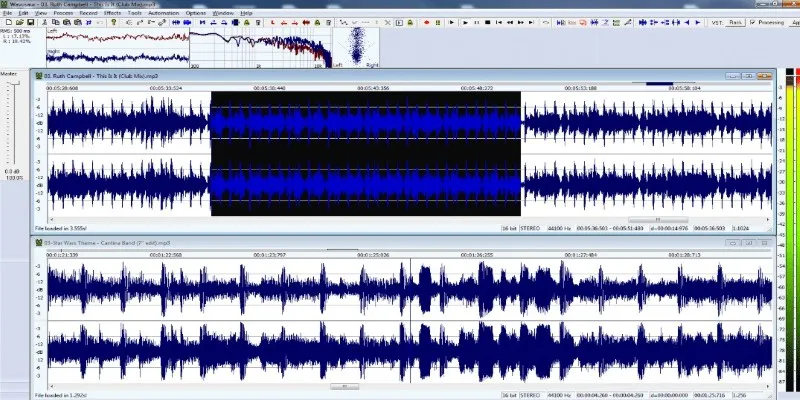
Wavosaur may not have the flashiest interface, but it gets the job done with precision. It’s lightweight, portable (no install needed), and runs smoothly on older systems. You can perform batch processing, analyze frequency spectrums, and even use VST plugins. If you want a tiny tool that doesn’t take up space and can live on a USB stick, Wavosaur is worth considering. It’s only for Windows, though, so Mac users will need to look elsewhere.
LMMS (Linux MultiMedia Studio)
Despite the name, LMMS works on more than just Linux. It’s available for Windows and macOS, too. LMMS is geared toward music producers who want a full suite of tools without the cost. You can compose melodies, arrange samples, and use built-in instruments. The piano roll makes it easier to create tracks from scratch, and the plugin support extends its possibilities. If you’re planning to create beats, this one’s a standout.
How to Edit Audio with Audacity
Among all the free tools available, Audacity stands out for its reliability and depth. If you’ve decided to give it a try, getting started is simple. Once you’ve installed the software, bring your audio file into the editor and use the selection tool to highlight the part you want to change. You can cut or trim sections, clean up noise, and apply effects like fades or volume adjustments—all from the main interface. Most tasks are just a few clicks away, and edits are updated in real time, so you can quickly hear the changes as you work.
When you’re done, export your file in the format that suits your needs. For most users, MP3 works well, but you can also choose WAV or other options. The process feels straightforward, even for longer or more detailed projects. If you’re editing speech, cleaning up recordings, or adjusting clips for videos, Audacity makes it easy to handle without needing anything more than a basic walkthrough.
Conclusion
There’s no single best choice for everyone—it depends on your project. If you’re after classic editing tools and don’t mind an old interface, go with Audacity. Want something quicker and simpler? Ocenaudio makes sense. Looking to make music? LMMS or Cakewalk by BandLab will make it feel like home. And if you don’t want to install anything, Soundtrap or TwistedWave will keep things web-based and light. The good thing is that all of these are free, so trying them out won’t cost you anything but time. You might end up using more than one, depending on what you’re working on.
Related Articles
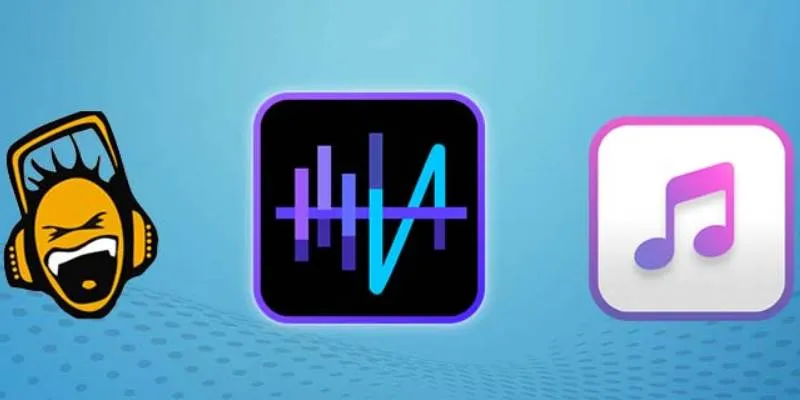
Top 5 Audio Editing Software and Apps for Mac and Windows in 2025
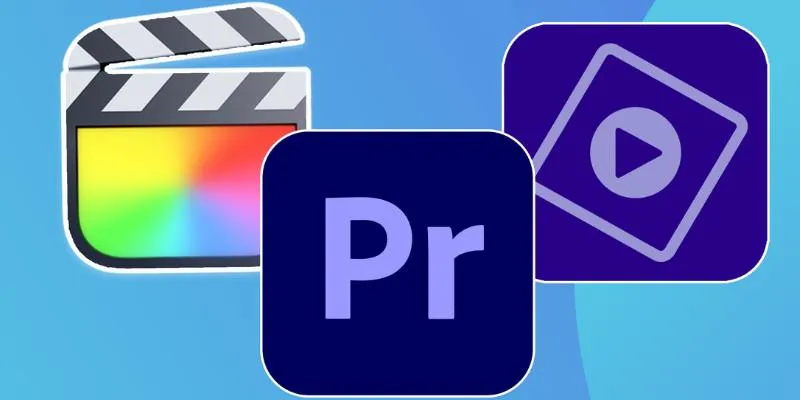
Explore the 10 Best Video Editing Software for Creators

The 8 Best Free Photo Editors in 2025 That Rival Photoshop

Free Video Editing Software for Mac OS X: 10 Excellent Choices
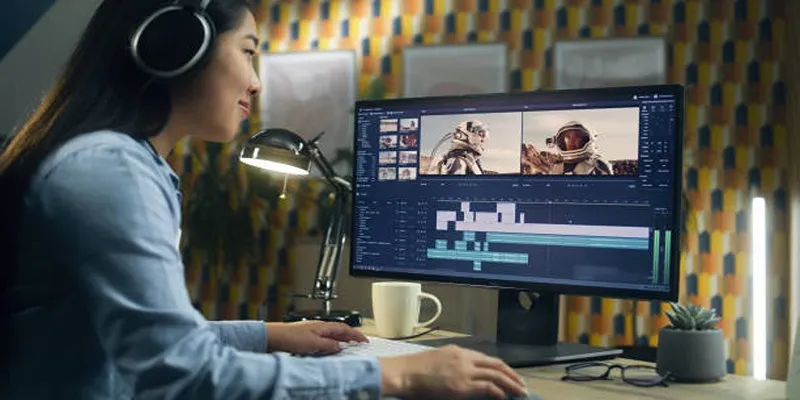
7 Simple Steps to Remove Background Noise from Your Video

How to Use XLD for Windows to Convert Audio Files with Ease

Top 4 Vertical Video Editors to Edit Vertical Videos Quickly
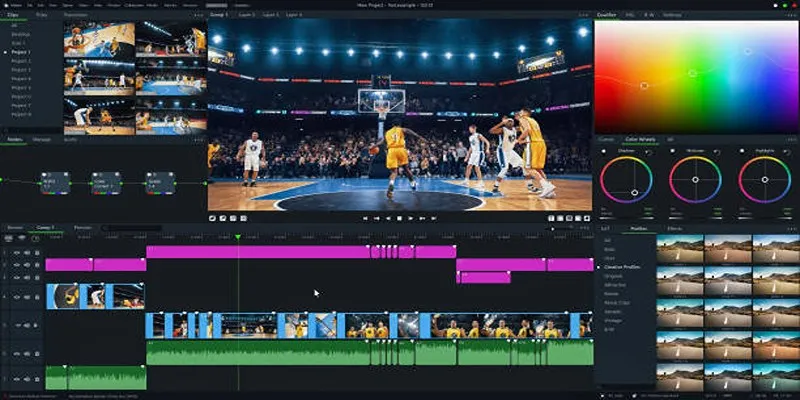
Top 5 Background Noise Removers for Desktop Users

The 8 Best Free Photo Editors in 2025 That Rival Photoshop

The Best Free Small Business Software in 2025 to Run Smarter, Not Harder

Top Transcription Tools in 2025 That Get the Job Done
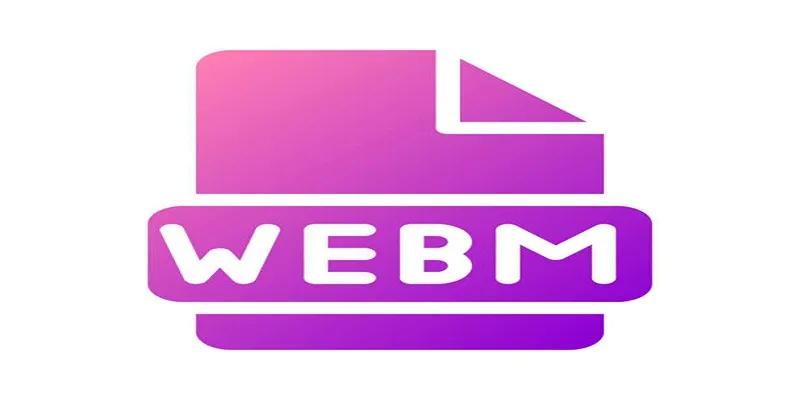
Audio Extraction Made Simple with FFmpeg, Audacity, and Aiseesoft
Popular Articles

How to Activate Subtitles on Plex for a Better Viewing Experience
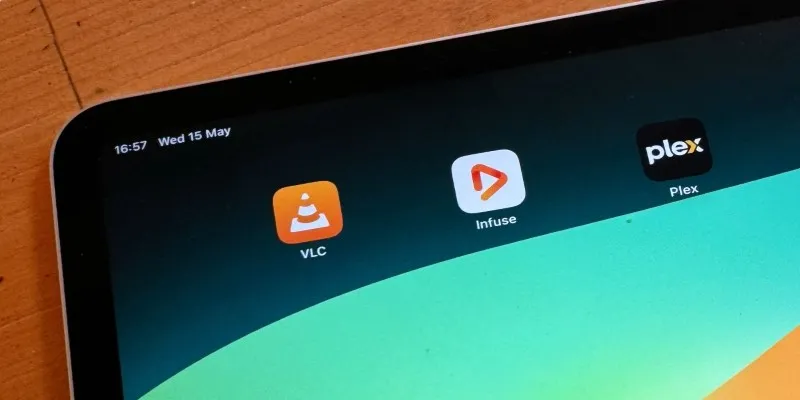
8 Best iPad Video Player Apps That Actually Work
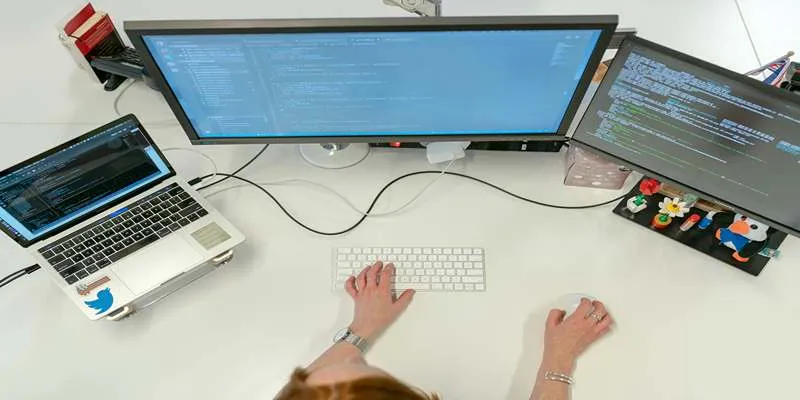
Top FTP Sync Software Solutions for Free File Transfers

How to Automatically Organize and Save Client Files in Google Drive Folders

Why BuzzKill Is the Best Way to Manage Android Notifications

Explore The 11 Best ActiveCampaign Alternatives for Your Business

How to Convert GoToMeeting Recording to MP4 Format

The Best Team Collaboration Tools in 2025: Revolutionize Your Workflow

3 Easy Ways to Create a Stunning Memory Video on Your iPhone
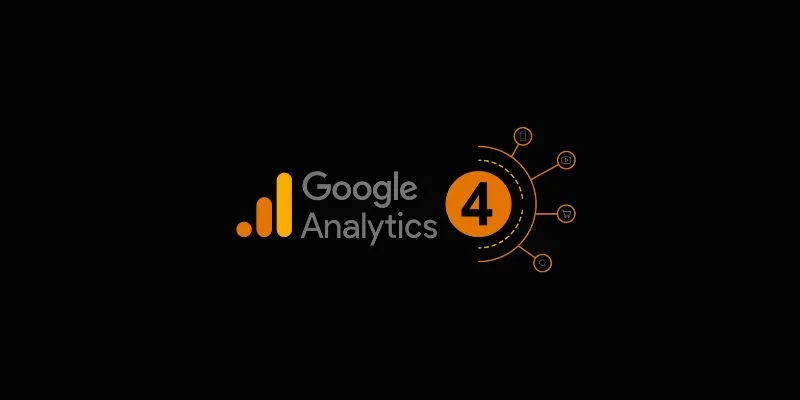
4 Top-Rated Affordable Reporting Software to Simplify Your Data Analysis
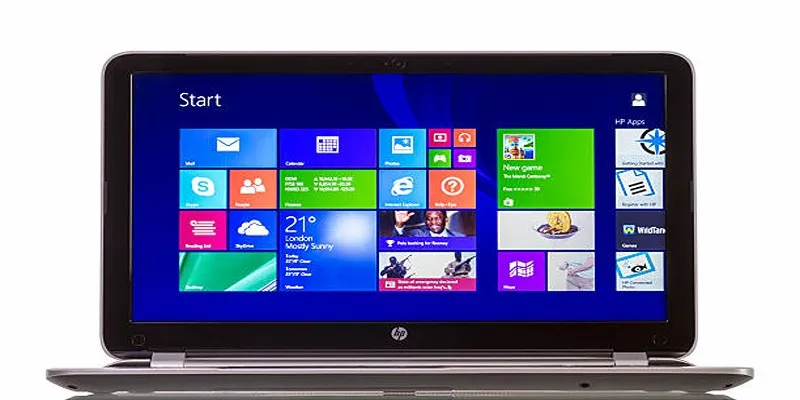
3 Simple Methods to Capture Your Screen on an HP Laptop

 mww2
mww2